SPAGHETTI WESTERNS 101
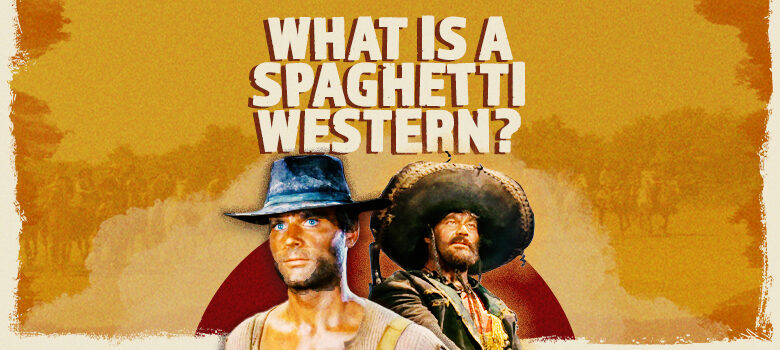
SPAGHETTI WESTERNS 101
By Henry C. Parke
I’ll admit it: I was a Western-movie snob for years. I thought, what could a bunch of Europeans know about the American West? Well, the fact is, they grew up on the same westerns that we did, and our parents did. And their films are as entertaining for their differences from ours as they are for their similarities. If you give them a chance, not only are you likely to enjoy them, but you’ll open yourself up to hundreds of ‘new’ movies in your favorite genre.
Why should I give Spaghetti Westerns a try?
Between 1964 and 1973, about 500 Spaghetti Westerns were made. That’s better than one per week! The devotion of their fans and their influence on the film and TV industry is profound, not just in Europe, but in the United States: most of today’s Western filmmakers got hooked on Westerns not by John Wayne or Gunsmoke, but by the Clint Eastwood/Sergio Leone films.
What is a Spaghetti Western?
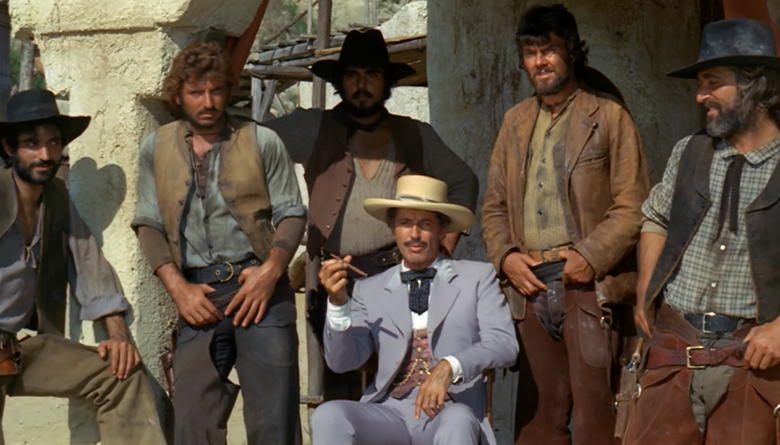 People assume that they’re Italian films, but that’s only partly true. While most of the filmmakers were Italian, the films were almost always shot in Spain, in the Tabernas Desert, in the province of Almeria, a convincing stand-in for the American desert. There was frequently French, Spanish, German, and Yugoslavian financing involved, hence the international casts. While ‘Spaghetti Western’ started as a dismissive term used by American competitors, it’s now worn proudly by fans and filmmakers.
People assume that they’re Italian films, but that’s only partly true. While most of the filmmakers were Italian, the films were almost always shot in Spain, in the Tabernas Desert, in the province of Almeria, a convincing stand-in for the American desert. There was frequently French, Spanish, German, and Yugoslavian financing involved, hence the international casts. While ‘Spaghetti Western’ started as a dismissive term used by American competitors, it’s now worn proudly by fans and filmmakers.
Why do they exist?
The trend of making Westerns in Europe started in Germany in 1962. Like many genres of American film, Westerns had been hugely popular in Europe until World War II stopped their importation. When the war ended, so did the embargo, and Europe’s shores were deluged with the backlog of sagebrush sagas, but by the 1960s, the surplus was gone, and new Westerns barely trickled in.
German filmmakers decided it was time to make their own, basing them on the novels of Karl May, who, although largely unknown in the U.S., has been the most popular Western writer in the non-English-speaking world for over a century. The Treasure of the Silver Lake, filmed in what is now Croatia, starred French actor Pierre Brice as Apache Chief Winnetou, and American former Tarzan Lex Barker as his pioneer friend Old Shatterhand. It was so successful that it was followed by a dozen more, most starring Brice, usually paired with at least one American actor to give it Western legitimacy, including Barker, Guy Madison, and Rod Cameron. Englishman Stewart Granger also appeared, and the films’ international popularity might explain how he came to own Shiloh Ranch in the last season of The Virginian.
Was A Fistful of Dollars the first Spaghetti Western?
No, that distinction belongs to 1961’s The Savage Guns, made in Spain by Englishmen, with American Richard Basehart (Moby Dick, la Strada, Voyage to the Bottom of the Sea) as its star. It was made a year before the first German Westerns, but it was not a success, so it didn’t trigger a movement. Fistful did, and it made a superstar of Clint Eastwood and a legend of its director, Bob Roberts. You don’t know Bob Roberts? That’s because his real name was Sergio Leone, but in the first years of the Spaghetti Western, Europeans on both sides of the camera often took American-sounding names.
Other than Clint Eastwood, who starred in them?
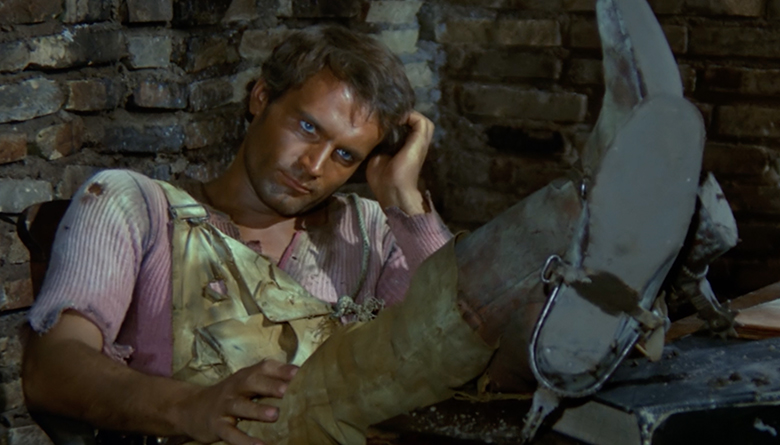 While to Americans, Eastwood is the greatest Spaghetti Western star, the top man in Europe is Franco Nero, the original Django. Terence Hill, star of the delightful Trinity comedies, started as Mario Girotti, playing heavies in the German Westerns, and got his big break because, with make-up, he looked enough like Franco Nero to star as Django when Nero refused to do a sequel. Lee Van Cleef had been a character actor in American Westerns since 1952’s High Noon. He often said that if the phone call from Sergio Leone, who gave him the role in The Good, The Bad and The Ugly, which made him a superstar, had come one day later, he wouldn’t have answered: he was so broke that his phone was being turned off. African American actor Woody Strode, star of John Ford’s Sgt. Rutledge loved to work in Europe because his roles were more interesting; at home, he was often just the token black soldier or outlaw.
While to Americans, Eastwood is the greatest Spaghetti Western star, the top man in Europe is Franco Nero, the original Django. Terence Hill, star of the delightful Trinity comedies, started as Mario Girotti, playing heavies in the German Westerns, and got his big break because, with make-up, he looked enough like Franco Nero to star as Django when Nero refused to do a sequel. Lee Van Cleef had been a character actor in American Westerns since 1952’s High Noon. He often said that if the phone call from Sergio Leone, who gave him the role in The Good, The Bad and The Ugly, which made him a superstar, had come one day later, he wouldn’t have answered: he was so broke that his phone was being turned off. African American actor Woody Strode, star of John Ford’s Sgt. Rutledge loved to work in Europe because his roles were more interesting; at home, he was often just the token black soldier or outlaw.
Oscar winners who appeared in Spaghetti Westerns include Ernest Borgnine, Van Heflin, Henry Fonda, Broderick Crawford, and Eli Wallach (honorary career Oscar). Also, favorites like Charles Bronson, James Coburn, Slim Pickens, Harry Carey Jr. The High Chaparral’s Cameron Mitchell, and Bronco’s Ty Hardin.
How are Spaghetti Westerns different from American Westerns?
The biggest differences arise from the fact that Spaghetti Westerns were shot like silent movies! Because the casts were international, actors working together often couldn’t speak the same language. They would say their lines in their own tongue—sometimes four or five different languages in a scene—and the film would be dubbed into each language later. Not having to deal with audio equipment gave filmmakers greater freedom with camera movement, experimentation, and a motivation to tell stories as visually as possible to minimize the talk—always a plus in a Western.
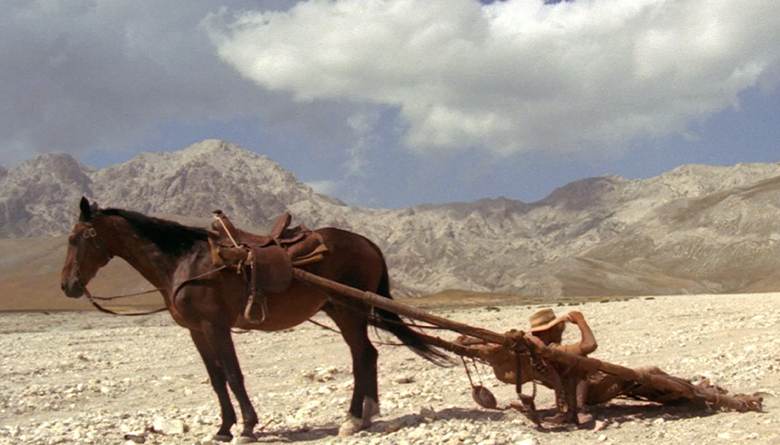 Spaghetti Westerns were often influenced by grand opera—Franco Nero’s Man, Pride and Vengeance is a Western version of Carmen—tending towards florid, melodramatic gestures not usually found in American Oaters. Speaking of gestures, when Eastwood started making Fistful, he had to teach the other actors that cowboys don’t talk with their hands. Although set in the American West, Spaghetti plots are often thinly disguised parables about European fascism. American Indians are rarely in the stories because few European actors could pass for them. Composer Ennio Morricone revolutionized Western soundtracks by building scores not only with orchestras but with sound effects, single instruments, and even whistling. Spaghetti Westerns are down and dirty—with muddy streets, dirty clothes, and dirtier cowboys who make a lot of ours look downright prissy. When they began, they were more violent, although America Westerns have caught up in both violence and gritty realism. Sam Peckinpah acknowledged that he couldn’t have made films like The Wild Bunch if the Spaghetti Westerns hadn’t come first.
Spaghetti Westerns were often influenced by grand opera—Franco Nero’s Man, Pride and Vengeance is a Western version of Carmen—tending towards florid, melodramatic gestures not usually found in American Oaters. Speaking of gestures, when Eastwood started making Fistful, he had to teach the other actors that cowboys don’t talk with their hands. Although set in the American West, Spaghetti plots are often thinly disguised parables about European fascism. American Indians are rarely in the stories because few European actors could pass for them. Composer Ennio Morricone revolutionized Western soundtracks by building scores not only with orchestras but with sound effects, single instruments, and even whistling. Spaghetti Westerns are down and dirty—with muddy streets, dirty clothes, and dirtier cowboys who make a lot of ours look downright prissy. When they began, they were more violent, although America Westerns have caught up in both violence and gritty realism. Sam Peckinpah acknowledged that he couldn’t have made films like The Wild Bunch if the Spaghetti Westerns hadn’t come first.
Do Spaghetti Westerns have their own John Ford or Howard Hawks?
Yes, they have three acknowledged master directors. Coincidentally, they all have the same first name and thus are known as first, second, and third Sergio: Leone, Corbucci, and Sollima.
What is the most successful Spaghetti Western of all time?
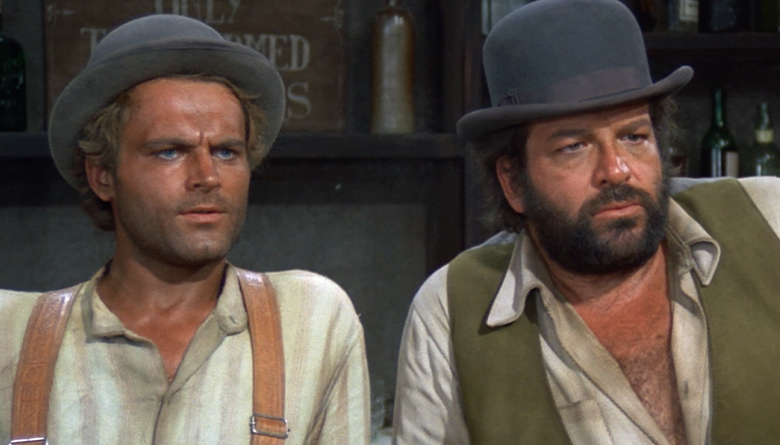 Probably none that you are thinking of. Trinity is Still My Name, the second in the Trinity series of comedic Westerns stars, as brothers, handsome, athletic Terence Hill and gruff bear-like Bud Spencer, who was born Carlo Pedersoli but changed his name to honor two American icons, Spencer Tracy, and Budweiser. In its initial 1971 release, it was not only the most successful Spaghetti Western, but it was also the most successful Italian film ever released.
Probably none that you are thinking of. Trinity is Still My Name, the second in the Trinity series of comedic Westerns stars, as brothers, handsome, athletic Terence Hill and gruff bear-like Bud Spencer, who was born Carlo Pedersoli but changed his name to honor two American icons, Spencer Tracy, and Budweiser. In its initial 1971 release, it was not only the most successful Spaghetti Western, but it was also the most successful Italian film ever released.
About Henry C. Parke
Brooklyn-born, L.A.-based screenwriter and wanna-be cowboy Henry C. Parke has been Film Editor for True West since 2015 and has written Henry’s “Western Round-up,” the online report on Western film production, since 2010. His screenwriting credits include Speedtrap (1977) and Double Cross (1994). He’s the first writer welcomed into the Western Writers of America for his work in electronic media. He’s done audio commentary on a fistful of Spaghetti and domestic Westerns, and he’s got a saddle-bag full of Western scripts.



